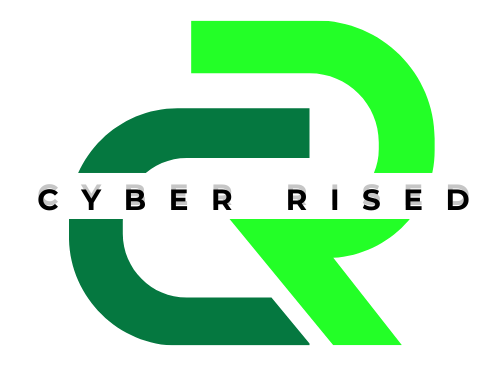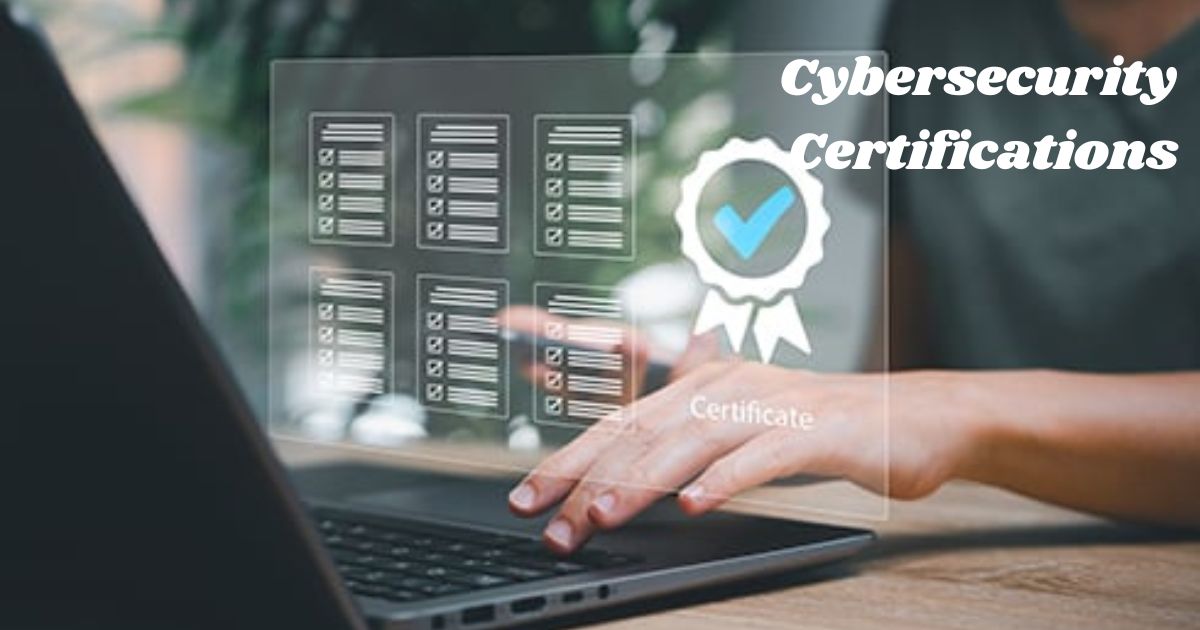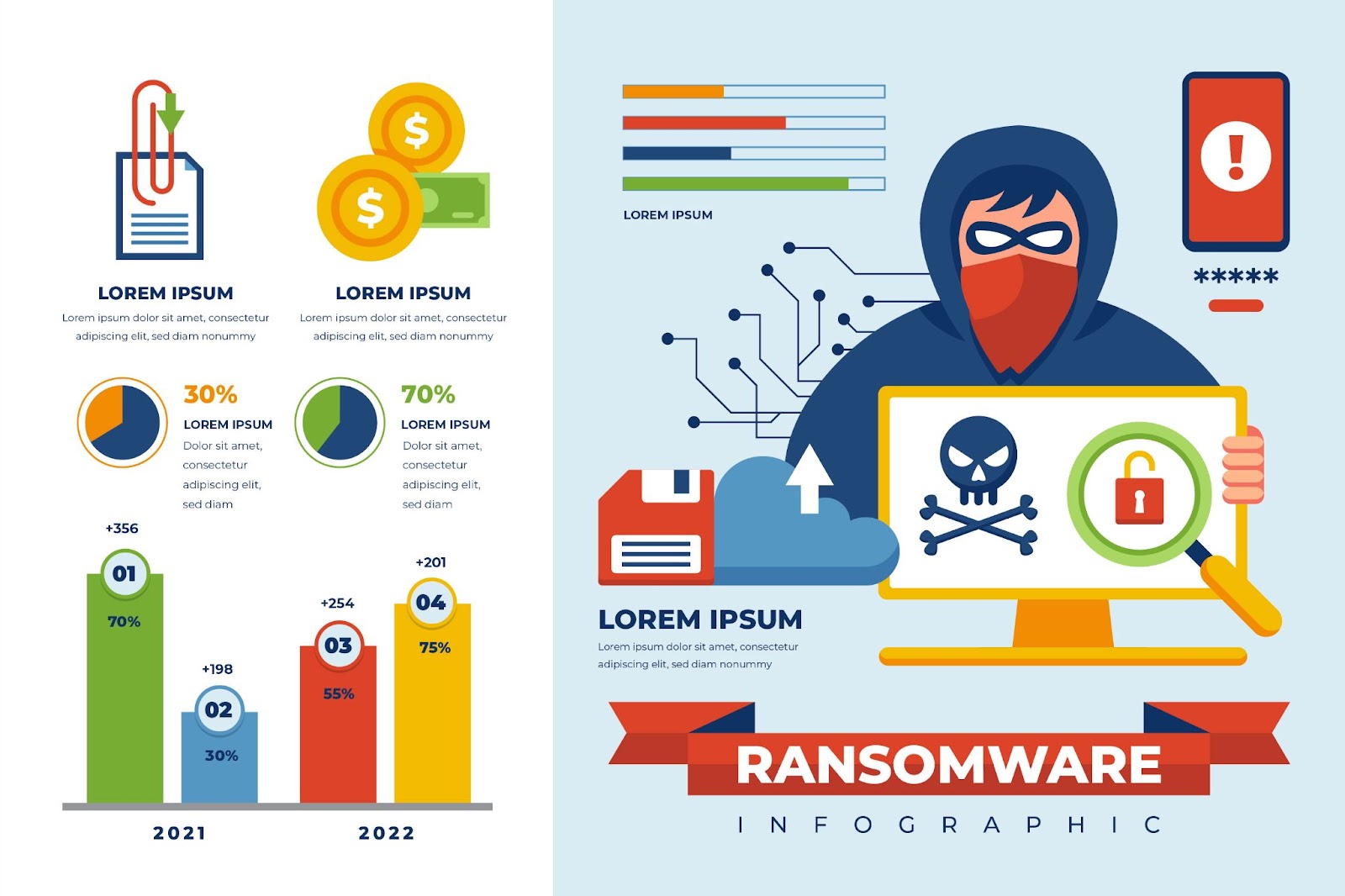
Today’s cyber battlefield demands more than traditional security solutions. Cybercriminals now use sophisticated attacks like advanced persistent threats (APTs), ransomware, and zero-day exploits. This makes advanced threat protection a must.
Advanced Threat Protection pose a unique danger. They target specific systems, persist over time, and operate quietly. These characteristics make them very hard to detect and block. Your security’s success depends on quick threat identification and response time.
We created this detailed guide to help you become skilled at advanced cybersecurity measures. The guide covers everything from simple setup to professional-level implementation. You’ll learn to build a reliable defense system that adapts as threats evolve. This applies whether you’re new to security or want to improve your current infrastructure.
Want to strengthen your security stance? Let’s take a closer look at ATP and learn how to protect your business the right way.
Understanding Advanced Threat Protection Basics
Advanced threat protection (ATP) is a sophisticated category of security solutions designed to defend against complex cyberattacks that target sensitive data. ATP solutions protect organizational endpoints by stopping attacks before they happen, instead of just responding after the fact.
Why ATP Matters NowThe quick rise of cyber threats and remote work has made endpoints the main defense line in many organizations’ cybersecurity programs. These endpoints now face sophisticated attacks that regular security measures don’t catch. ATP solutions tackle this problem with next-generation security technologies that spot cyberattacks early.
Core Capabilities ATP systems need three basic capabilities to work:
- Real-time Visibility: ATP solutions give deep, instant insight into endpoint events and stop threats right away
- Contextual Awareness: Security teams can handle the flood of security alerts better because these systems provide needed context
- Data Understanding: The solutions study data sensitivity and value to spot and react to targeted attacks
Essential Components and Functionality ATP solutions combine several key parts to give detailed protection. File analytics is a vital part that checks all incoming files, whatever their source or delivery method. The attack surface management uses different methods, like sandboxed file analysis and application control, to protect the organization’s large attack surface.
Prevention and detection work together. ATP solutions focus on stopping threats first but keep strong detection systems as backup. These systems also use rich threat intelligence to keep up with new cyber threats.
Advanced Threat Protection solutions protect by watching behavior and finding anomalies. They spot possible attacks when something breaks normal patterns instead of just looking for known threat signatures. This helps ATP block both known threats and new attacks nobody has seen before.
The system works because it takes an integrated approach to security. It protects an organization’s whole digital world, from email systems to network traffic, cloud services, and security on computers and mobile devices. This detailed coverage creates a resilient defense system that grows stronger as threats change.
Common Advanced Threat Protection in 2025
The digital world has changed a lot. Threat actors now use more sophisticated attack methods. Ransomware attacks have grown by a lot and now 66% of organizations fell victim in 2023.
Latest attack methods
AI-powered attacks worry security experts. 52% of security leaders expect catastrophic cyber incidents from generative AI in the next year. Cybercriminals now use AI to boost their attack capabilities. They create advanced business email compromise schemes at an unprecedented scale.
High-risk threat vectors
The biggest threats in 2024 are:
- Cloud-related threats cost companies USD 5.17 million on average
- IoT malware attacks saw a 400% increase in all industries
- Credential abuse makes up 44.7% of data breaches
The manufacturing sector tops the list of IoT-based attack targets worldwide. These vectors target both tech weaknesses and human behavior. 82% of data breaches happen because of human interaction.
Advanced Threat Protection Impact on businesses
Cyber attacks hit companies hard in their wallets. A damaging cyberattack costs USD 4.40 million on average worldwide. Healthcare companies face even bigger losses at USD 5.30 million per breach – 25% more than the global average.
A company’s size determines how much a breach costs. Big companies with over USD 10 billion in revenue lose about USD 7.20 million per breach. Smaller ones with less than USD 1 billion face losses of around USD 1.90 million. Companies losing more than USD 1 million from breaches jumped from 27% to 36% in just one year.
New tech makes things more complex. More than 40% of leaders admit they don’t fully understand cyber risks from virtual environment tools, Generative AI, Enterprise Blockchain, Quantum Computing, and Virtual Reality/Augmented Reality. Small and medium businesses struggle the most with this knowledge gap. 60% of them see cyber threats as their biggest worry.
Setting Up Your First Advanced Threat Protection System
Setting up an Advanced Threat Protection system needs careful planning and systematic execution. Organizations must assess their security needs and pick the right tools that line up with their infrastructure.
Choosing the right tools
The right Advanced Threat Protection solution requires thorough vendor research and feature assessment. We assessed vendor reputation, track record, and expertise in cybersecurity. A detailed evaluation should look at:
- Real-time Monitoring: Continuous surveillance of endpoints, networks, and cloud environments
- Advanced Detection: Machine learning and behavioral analysis capabilities
- Automated Response: Built-in remediation for detected threats
- Investigation Tools: Forensic capabilities for incident analysis
- Integration Options: Compatibility with existing security infrastructure
Organizations should run product demonstrations and proof-of-concept trials to test solutions in their environment. This testing phase helps ensure the chosen tool meets performance requirements and blends with existing systems.
Simple configuration steps
The configuration process starts with creating a detailed implementation plan once the tool selection is complete. A team of IT, security, and operations personnel should come together. This core team will oversee the deployment process and ensure everything meets requirements.
The configuration process has several critical stages:
- Network Preparation: Get a full picture of infrastructure and make needed adjustments
- Compatibility Verification: Make sure the Advanced Threat Protection solution works with existing security tools and applications
- Security Audit: Complete detailed evaluation to identify potential risks
- Installation Process: Follow vendor guidelines for proper licensing and compliance
- User Role Setup: Define appropriate access controls and permissions
The Advanced Threat Protection solution must work with existing security tools to enable smooth data sharing and analysis. This integration makes coordinated threat detection and response capabilities possible across the security infrastructure.
Testing and validation complete the setup process. The system’s detection and response capabilities need verification through various threat simulations. Staff training programs should be set up to ensure everyone can manage and respond to security alerts effectively.
Building Advanced Detection Capabilities
Building strong detection capabilities depends on becoming skilled at three vital components that support advanced threat protection.
Implementing behavioral analysis
A baseline of standard activities in an organization’s network sets the foundation for behavioral analysis. This helps identify deviations that might point to security threats. We analyzed user tendencies and activity patterns to spot unusual behaviors that basic security measures often miss.
Behavioral analysis works because it takes a deep look at what users and systems do. It uncovers the how, when, and why of network interactions. AI and machine learning increase these capabilities and sort through huge amounts of data to spot patterns and irregularities with great accuracy.
Setting up threat intelligence feeds
Threat intelligence feeds are a vital part of making Advanced Threat Protection systems stronger. These feeds use STIX (Structured Threat Information expression) and TAXII (Trusted Automated eXchange of Indicator Information) protocols to share threat information in a standard way. Organizations can use different types of feeds:
- Built-in feeds: Standard threat intelligence provided by security vendors
- Custom feeds: Organization-specific feeds using TAXII or TSV formats
- Premium feeds: Advanced threat data from specialized providers
Threat intelligence integration gives organizations live awareness of new threats so they can adjust their security stance quickly.
Creating custom detection rules
Custom detection rules help monitor threats proactively. These rules run at set times and can trigger alerts and response actions when they find matches. Creating these rules involves several key steps:
You need to prepare queries with essential columns like timestamps and unique event IDs. The alert details should include severity levels and MITRE ATT&CK techniques to categorize threats fully.
Organizations can set rule frequency based on their needs, from constant monitoring to daily checks. The scope needsa clear definition to show which devices the rule covers.
Custom rules work best with proper entity identification and clear action plans. Organizations can set up automatic responses for devices, files, users, or emails that match rule criteria. These automated actions make the security stance stronger by responding to possible threats right away.
Mastering ATP Response Workflows
Advanced threat protection systems rely on response workflows that determine how fast security teams can tackle potential threats. We focused on combining automated responses with manual interventions to build a reliable defense mechanism.
Automated response setup
Note that ATP solutions use multiple automated response components to contain and neutralize threats:
- Sandboxing Environment: Executes suspicious files in an isolated environment to analyze behavior without risking network security
- Automated Isolation: Instantly quarantines infected systems to prevent lateral movement
- Alert Generation: Creates detailed reports for security teams to break down threats effectively
- Patch Deployment: Automatically implements security updates to close exploited vulnerabilities
ATP systems can automatically isolate infected systems, remove malicious files, and block dangerous IP addresses when they detect threats. This quick response substantially reduces cyber attack damage.
Manual intervention points
Reliable automation still needs human oversight and intervention in certain scenarios. Human involvement becomes vital when dealing with unusual situations or when automated processes need validation. Security teams must have tools to override original definitions and specify the next actions.
Manual intervention includes everything important. Security administrators can perform tasks manually, skip specific steps, modify control flow, or rewind and repeat certain processes. The system maintains state awareness and makes sure manual interventions line up with security requirements.
The workflow state management system links specific requirements to each state. Security teams can:
- Skip activities by manually providing expected deliverables
- Rewind workflow execution to previous steps
- Modify outcomes without disrupting process execution
- Execute specific workflow segments asynchronously
Organizations implementing advanced threat protection need clear manual intervention points. The expansion process needs explicit approval when all but one of these devices face the same threat. This safeguard ensures human verification of large-scale automated actions before execution.
These workflows’ success depends on the proper configuration of both automated and manual components. Security teams must update their incident response plans regularly. They should conduct threat-hunting activities and exploit security orchestration tools to maintain optimal protection. This balanced approach helps organizations maintain strong security while keeping necessary human oversight of critical security decisions.
Conclusion
Businesses face sophisticated cyber threats in 2024, making Advanced threat protection crucial. Advanced Threat Protection systems help organizations defend against ransomware, AI-powered attacks, and emerging threats that slip past traditional security measures.
Three critical factors determine Advanced Threat Protection success. You need the right tools, strong detection capabilities, and efficient response workflows. These elements create a reliable security shield that adapts to new threats while protecting against known attack vectors.
ATP implementation needs both automated and manual components. Security teams should update incident response plans regularly. They must monitor threats consistently and configure detection rules properly to ensure optimal protection. Organizations that excel in these areas substantially reduce their risk of pricey data breaches and keep their security posture strong.
Mastering Advanced Threat Protection requires deep commitment and ongoing learning. Security teams must keep up with emerging attack methods as cyber threats evolve. They should update their protection strategies regularly. This proactive approach helps organizations outpace cybercriminals and protect their valuable digital assets.
FAQs
What are the key components of an Advanced Threat Protection (ATP) system?
An ATP system typically includes real-time monitoring, advanced detection capabilities using AI and machine learning, automated response mechanisms, and integration with existing security infrastructure. It also incorporates threat intelligence feeds and behavioral analysis to identify and respond to both known and emerging threats.
How does Advanced Threat Protection differ from traditional security measures?
ATP goes beyond traditional security by focusing on preventing sophisticated attacks before they occur, rather than just responding after an incident. It uses next-generation technologies to detect threats early in their lifecycle, analyzes behavior patterns, and provides contextual awareness to manage the high volume of security alerts effectively.
What are some common advanced threats businesses face in 2024?
Common advanced threats in 2024 include AI-powered attacks, ransomware, cloud-related threats, IoT malware attacks, and credential abuse. These threats are increasingly sophisticated and can have significant financial impacts on businesses, with the average cost of a damaging cyber attack reaching $4.40 million globally.
How can organizations set up their first ATP system?
Setting up an ATP system involves carefully selecting the right tools based on organizational needs, preparing the network infrastructure, verifying compatibility with existing systems, performing a security audit, and properly configuring user roles and permissions. It’s crucial to integrate the ATP solution with existing security tools and conduct thorough testing and validation.
What role do automated and manual responses play in ATP workflows?
ATP workflows combine automated responses with strategic manual interventions. Automated responses include sandboxing, system isolation, alert generation, and patch deployment to quickly contain threats. Manual intervention points are crucial for handling exceptional circumstances, validating automated processes, and making critical decisions, especially when dealing with large-scale threats affecting multiple devices.





